Navigating the Solana Ecosystem: 10 Solana APIs Developers Should Know
Solana’s rise in the world of decentralized finance, NFTs, and low-latency trading has made it a go-to chain for builders. But no project can function without the right interface to the blockchain—and that’s where the Solana API ecosystem steps in.
From RPC nodes to specialized analytics and real-time trading data, developers now have access to a broad range of APIs tailored to different needs. In this article, we spotlight 10 Solana APIs that can make or break your next dApp or tool.
1. Bitquery: Query Everything with GraphQL
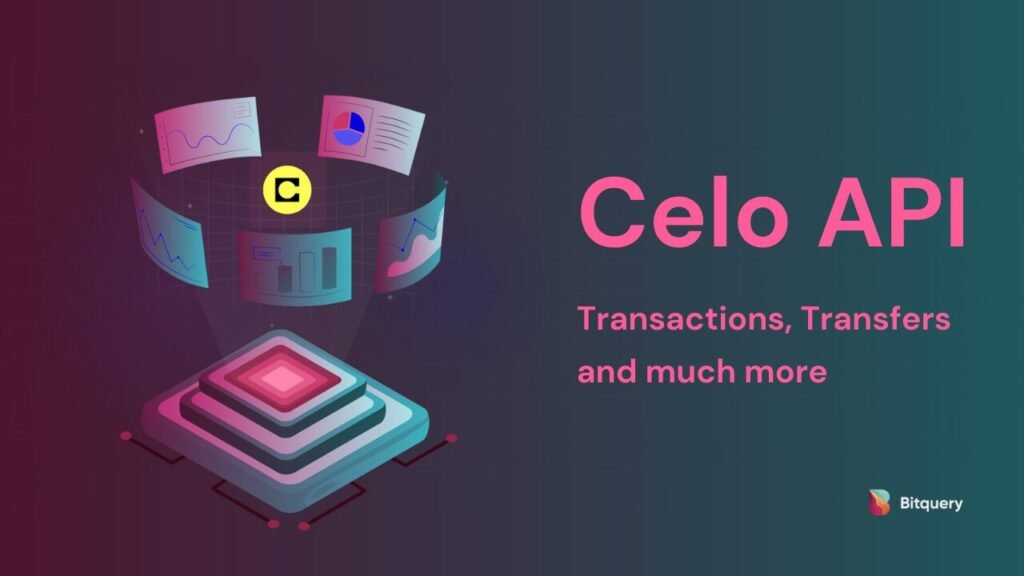
Source: Bitquery
Bitquery offers a powerful GraphQL interface for querying the Solana blockchain. It excels at providing historical token data, DEX trade history, and NFT ownership records.
Developers building analytics platforms or dashboards will appreciate the flexibility, though it comes with a bit of a learning curve compared to simpler REST APIs.
2. QuickNode: All-in-One Solana RPC Access

Source: QuickNode
QuickNode provides developers with reliable RPC, WebSocket, and REST access to Solana, plus plug-and-play modules for NFTs and DeFi.
Its modular design means it works equally well for lightweight prototypes and high-traffic production systems. Speed, uptime, and rich documentation are its biggest strengths.
3. Jupiter Aggregator API: Smart Trading Routes

Source: Medium
The Jupiter API specializes in real-time quote aggregation for token swaps across Solana’s decentralized exchanges. For developers building bots, wallets, or DEX interfaces, Jupiter is indispensable.
Its strength lies in optimal routing and up-to-the-second price discovery—a core need in volatile markets.
4. Helius: Built with Solana Developers in Mind
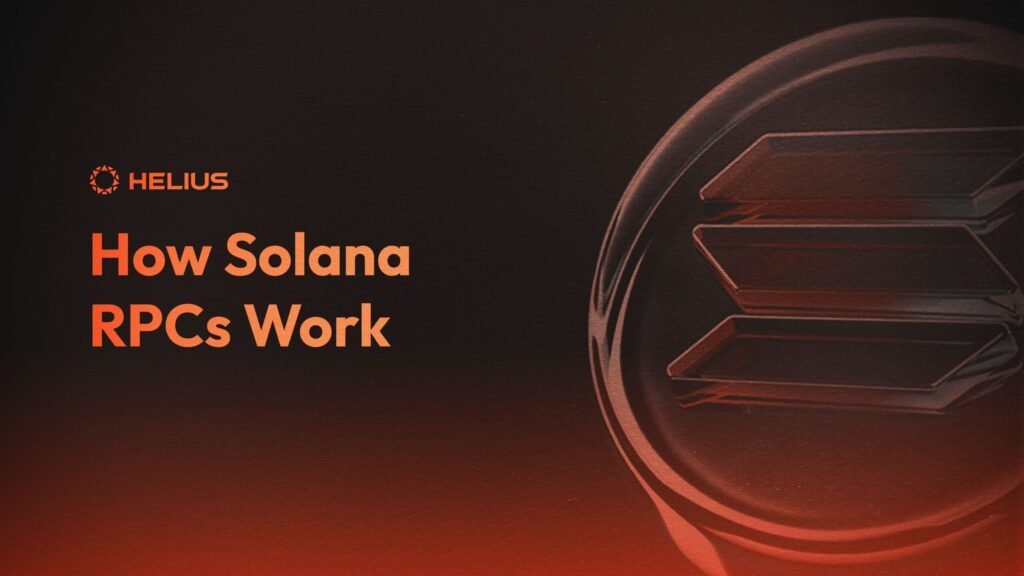
Source: Helius
Helius offers APIs that feel tailor-made for Solana-native development. Features include webhook triggers for on-chain activity, enriched transaction data, and wallet activity endpoints.
Projects focused on NFT insights, DAO tooling, or reactive data layers will benefit most from Helius’s developer-first design and deep integration with Solana internals.
5. SolanaFM: Clean Visuals and Data Access Combined
SolanaFM functions as both a user-friendly explorer and a developer-focused API. It exposes data around DAOs, NFT metadata, and DeFi activity in a way that’s easy to visualize or embed.
It’s a strong choice for applications that combine front-end data displays with reliable indexing.
6. Shyft Network: Compliance Comes First
Shyft brings an identity and compliance layer to the Solana ecosystem. Its API supports KYC/KYB integrations, making it especially useful for regulated projects or jurisdictions requiring identity verification.
This is one of the few Solana API options that focus on legal and compliance infrastructure over raw performance.
7. Triton One (formerly Solana Beach): High-Performance RPC
For performance-hungry applications—like algorithmic traders or institutional DeFi platforms—Triton One offers battle-tested RPC with multi-region architecture and load balancing.
It’s built for high throughput and low downtime, making it a preferred infrastructure choice in latency-sensitive environments.
8. Ankr: Solana API – Decentralized Node Infrastructure
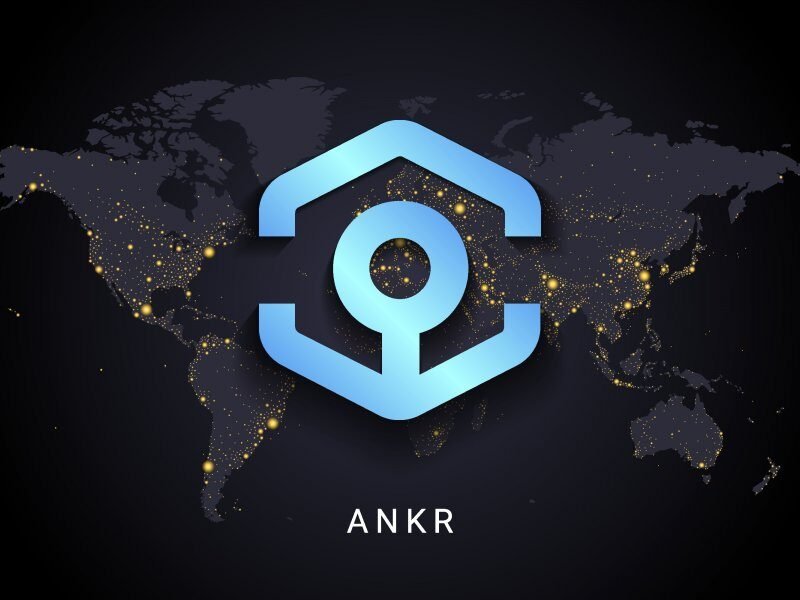
Source: Capital.com
Ankr’s decentralized RPC support for Solana offers resilience and redundancy. Developers with cross-chain ambitions or who require fallback options will find value in its multi-region support and scalable infrastructure.
It’s also appealing for those building on both Solana and other networks in tandem.
9. AllThatNode: Scalable RPC-as-a-Service
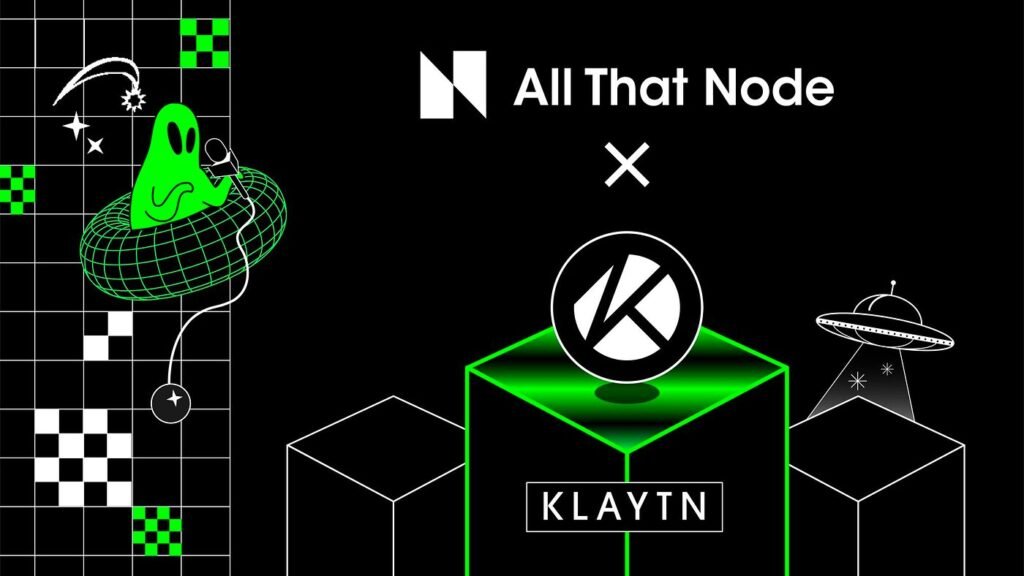
Source: Medium
While newer to some, AllThatNode by MoonsLab offers reliable Solana RPC and WebSocket services, including dashboards for monitoring usage and traffic.
Its strength is in managing large-scale application access with clear insights into performance bottlenecks—ideal for enterprise-grade apps.
10. Syndica: Developer Tooling Meets Stability

Source: LogoTypes
Syndica offers APIs and SDKs designed to make Solana easier to build on, with focus on fast bootstrapping and access to scalable infrastructure.
With real-time metrics, alerts, and auto-scaling features, it’s useful for projects in production that need to monitor and respond to traffic spikes in real-time.
Solana API: Solana API Use Case Table
| API Provider | Best For | Special Strength | Free Tier |
|---|---|---|---|
| Bitquery | Analytics dashboards | Deep historical GraphQL | YES |
| QuickNode | dApp deployment | Modular API tools | YES |
| Jupiter | Trading interfaces | Price routing & swaps | YES |
| Helius | NFT/DAO tooling | Enriched transactions | YES |
| SolanaFM | DeFi explorers | Visual + API data | YES |
| Shyft | Regulated dApps | KYC & identity | YES |
| Triton | Trading bots | High uptime RPC | YES |
| Ankr | Cross-chain infra | Decentralized RPC | YES |
| AllThatNode | Enterprise dApps | Scalable RPC service | YES |
| Syndica | Production-grade apps | Real-time metrics | YES |
Solana API: Matching APIs to Your Development Goals
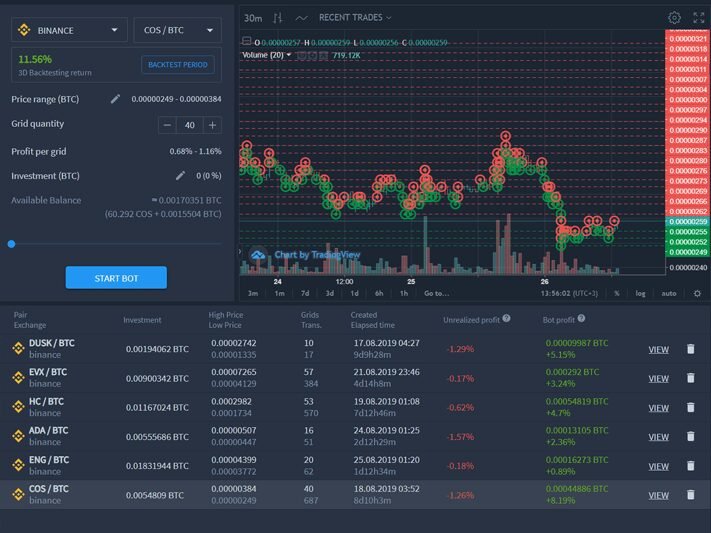
Source: ihod
- Trading Apps & Bots: Jupiter + Triton One
- NFT Tools & Explorers: Helius + SolanaFM
- Compliance-Driven Projects: Shyft Network
- Cross-Chain Integration: Ankr + AllThatNode
- Analytics & Dashboards: Bitquery + Helius
There’s no one-size-fits-all Solana API. The best setup often combines multiple APIs depending on your front-end, backend, and data layer needs.
Conclusion: Solana API- Choosing the Right Solana API Stack
Whether you’re building a trading bot, NFT tracker, DAO dashboard, or compliance-first dApp, the Solana API ecosystem offers an impressive range of specialized tools. As Solana continues to grow, these APIs will be crucial for unlocking new layers of performance, insight, and user experience.
Exploring and testing different APIs is more than just a technical step—it’s a strategic decision that could shape how your application performs in the real world.




